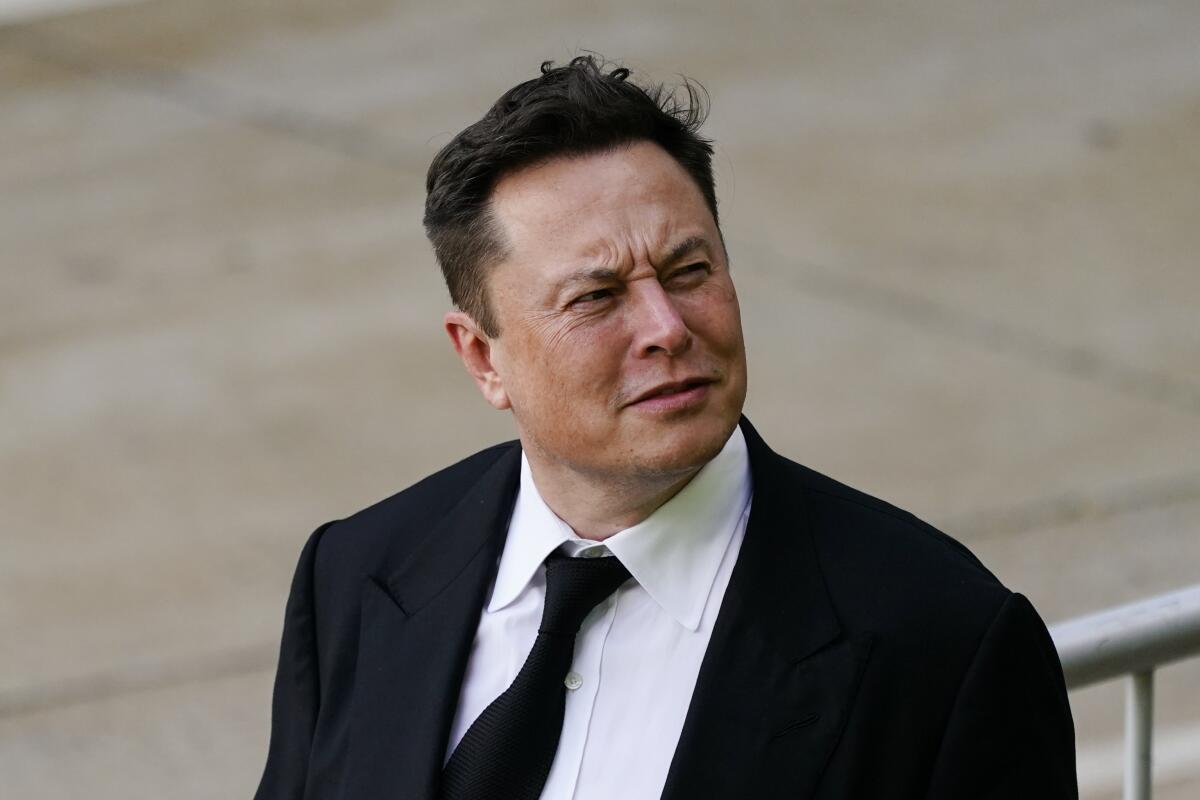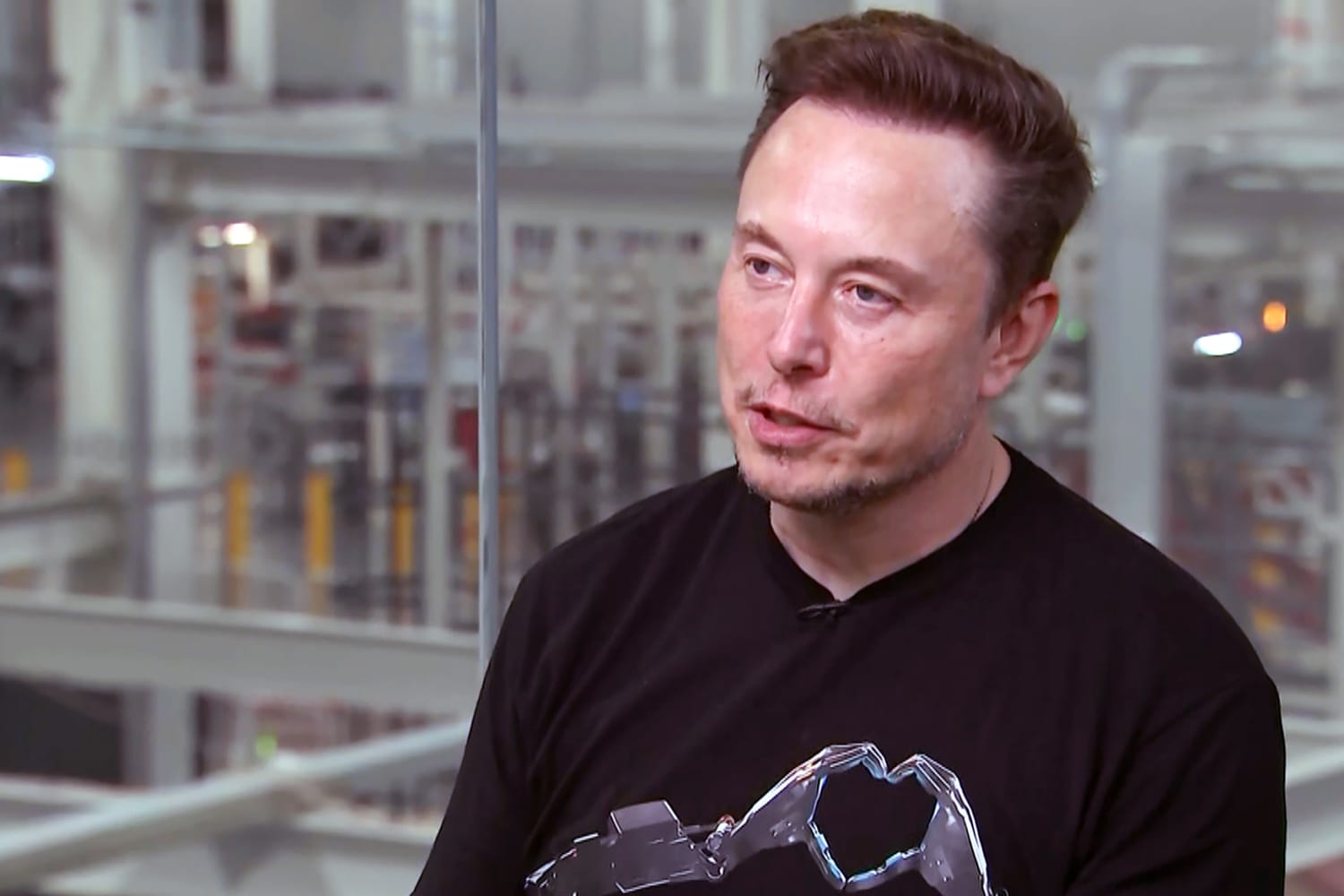
In the wake of one of the most staggering financial downturns in Tesla’s recent history, CEO Elon Musk has broken his silence—and his words have sent shockwaves through the financial and political world. Following a brutal 71% drop in net income year-over-year and a 9% decline in overall revenue in the first quarter of 2025, Musk took to Tesla’s earnings call to deliver a defiant and dramatic statement.
“If the ship of America goes down, Tesla will go with it,” he said, invoking a level of national urgency not typically seen on corporate earnings calls.
The remarks came after Tesla announced Q1 earnings that missed analyst expectations by a wide margin. Tesla’s revenue declined 9% overall, and more alarmingly, auto revenue plummeted by 20%. Net income plunged from over $1.4 billion in the first quarter of 2024 to just $409 million.
These numbers, already dire in isolation, come amid growing concerns over Musk’s increasing political entanglements and time spent leading the controversial Department of Government Efficiency (DOGE)—a role that critics argue has distracted him from his core leadership responsibilities at Tesla.
Musk's pivot back to Tesla could not come soon enough. Shareholders have seen Tesla’s stock price sliced in half over recent months, and customers have begun distancing themselves from the once-revered brand. Protests have erupted outside Tesla showrooms across the U.S., many fueled by backlash over Musk’s central role in slashing government programs through DOGE.
While Musk frames this work as patriotic and necessary to combat “waste and fraud,” many Americans see it as an attack on the social fabric, with real-world consequences for the most vulnerable.
On the earnings call, Musk acknowledged the damage but refused to apologize. Instead, he doubled down on his larger worldview: that his political mission was inseparable from Tesla’s survival. “I think the right thing to do is fight the waste and fraud and try to get the country back on the right track,” Musk stated. In his view, the fates of Tesla and the United States are intertwined, and saving one means saving both.
But investors were not entirely convinced. While Tesla stock did tick up slightly in after-hours trading—likely driven by Musk’s announcement that he will reduce his involvement in DOGE and spend more time with Tesla—it remains down more than 50% from its early January levels.

Analysts say the uptick is less about confidence and more about hope: hope that Musk might finally return to full-time leadership, hope that Tesla might reclaim its dominance in the EV market, and hope that the company can reset its narrative before long-term damage becomes irreversible.
This quarter’s financial fallout reflects more than just bad numbers. It encapsulates a larger identity crisis for Tesla. Once hailed as the vanguard of the clean energy revolution, the company now finds itself at the intersection of politics, protest, and plunging profits.
Tesla's association with Musk—once its greatest asset—has begun to backfire. For years, the CEO’s brash style and visionary messaging rallied millions. But now, those same qualities are polarizing customers and alienating key markets.
In China, where Tesla previously enjoyed a significant foothold, demand has waned. Just this month, Tesla halted orders for its Model S and Model X on the mainland. Meanwhile, domestic competitors like BYD are rapidly gaining market share, bolstered by advanced battery technology and state support.
In Europe, Musk’s vocal alignment with far-right figures has chilled brand perception, even among longtime EV advocates.
:max_bytes(150000):strip_icc()/GettyImages-1948568886-a2bfa43b20004a6f82c8a0381d196933.jpg)
Domestically, Tesla faces a similar PR crisis. Social media platforms are flooded with videos of Tesla owners covering up the company’s logo to avoid being associated with Musk. Others have reportedly sold off their vehicles in protest of his political positions. The image of Tesla as a neutral, future-focused innovator is deteriorating fast.
Yet Musk insists he’s steering the company toward long-term resilience. During the earnings call, he reaffirmed Tesla’s plans to release a more affordable vehicle lineup by the end of June—an effort to widen its customer base and inject life into sluggish sales.
Additionally, he announced that moving forward, he will only spend “a day or two per week” on DOGE activities, signaling a renewed focus on day-to-day operations at Tesla.
Still, questions remain. Can a few hours per week undo months of reputational and operational damage? Can a cheaper Model Y or another incremental product rollout reignite consumer enthusiasm in the face of growing EV competition and an increasingly divided customer base?
While Musk continues to pitch Tesla as a patriotic vehicle—literally and metaphorically—the market is demanding more than high-minded rhetoric. Analysts want to see fundamentals: sales, innovation, stability, and growth.

Critics want accountability for the chaos tied to Musk’s political involvement. And consumers want reassurance that Tesla is still a company for the future—not a casualty of its CEO’s personal crusade.
The situation is further complicated by ongoing investigations into Tesla’s driver-assistance technologies. The National Highway Traffic Safety Administration is still probing the safety of Tesla’s Autopilot and so-called Full Self-Driving systems, which critics say are misleadingly named and potentially dangerous.
These systems, which still require human intervention, have been linked to several high-profile accidents. The rollout of a robotaxi service, scheduled to begin in Austin this June, is under intense scrutiny, with many questioning whether the technology is ready—and whether the company can afford the legal and reputational risk.

As Q2 looms, Tesla is in an urgent scramble to recover. And while Musk’s dramatic rhetoric might buy some time, it does little to change the financial reality: a 71% collapse in profit, a 9% drop in revenue, and a stock that has shed more than 50% of its value in just a few months.
For now, Musk’s bold declaration—“If the ship of America goes down, Tesla will go with it”—may resonate with his supporters. But for analysts, investors, and everyday customers, that statement raises a much more pressing concern: if Tesla is indeed tied to Musk’s political agenda, how much more water can it take before it sinks altogether?
In a market that thrives on confidence and innovation, Tesla is fast approaching a critical juncture. Whether Musk’s partial return is too late—or exactly what’s needed—remains to be seen. One thing, however, is clear: the storm has hit, and Tesla’s survival depends on more than just words.



-1745401069-q80.webp)
